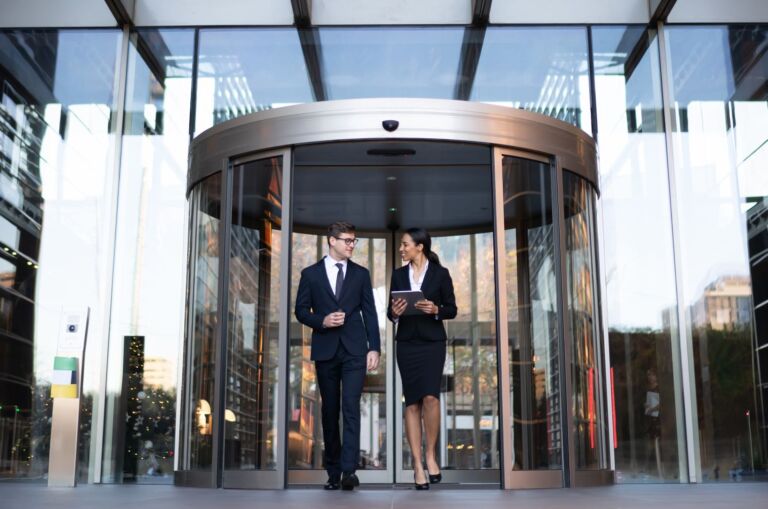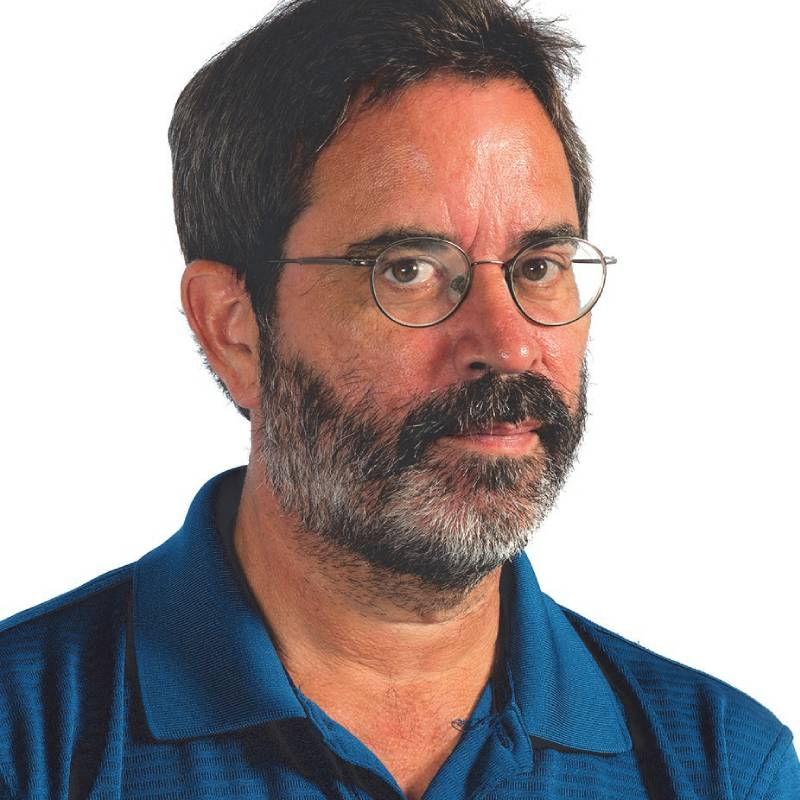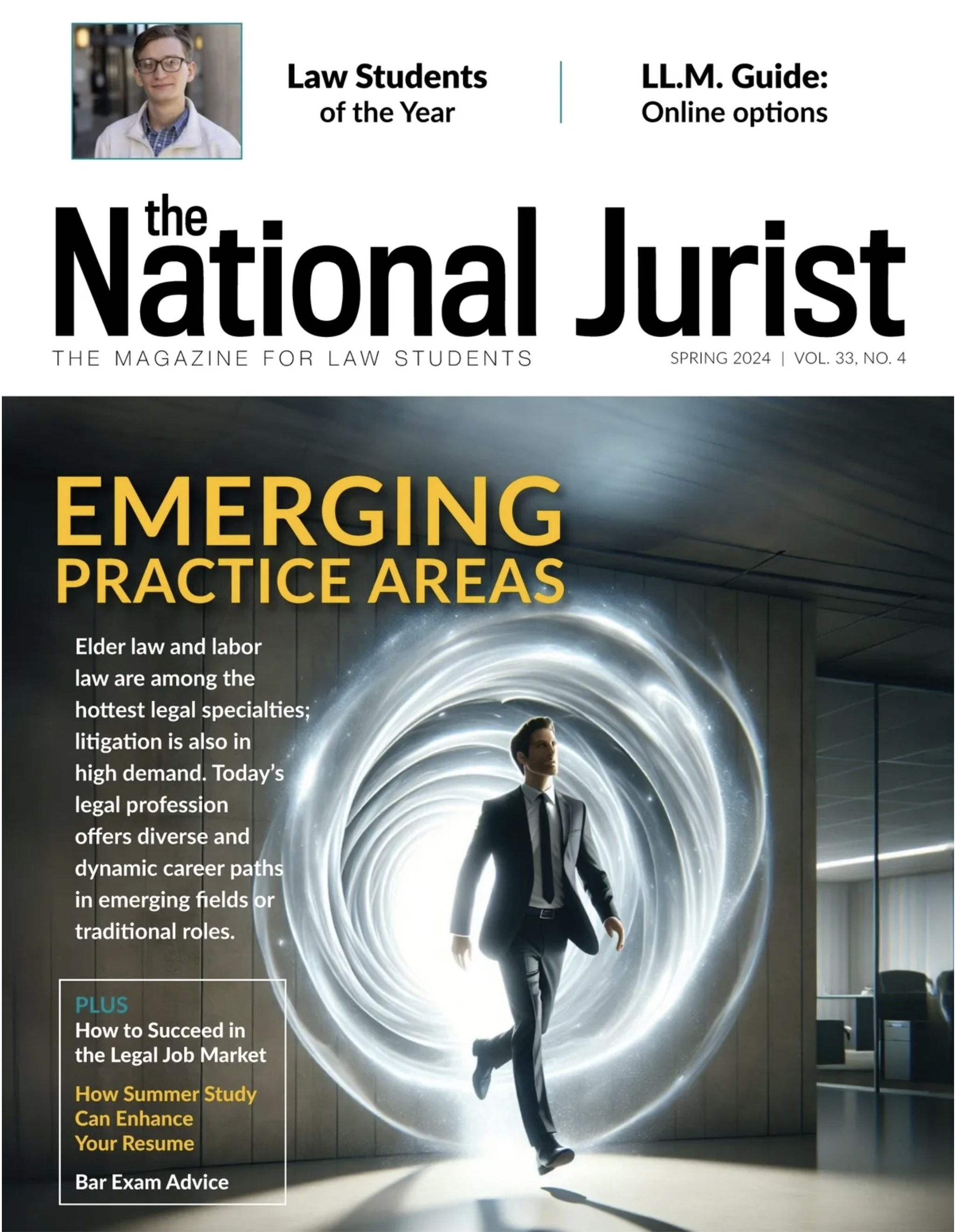The ultimate bar passage rate for the nation’s law schools—a measurement of a graduating class’s bar exam success over a two-year period—is trending in the right direction.
But arguably a snail could lap it.
For the Class of 2019, the most recent to be determined, the collective rate for ABA-accredited law schools was 91.17%, according to recent ABA statistics. That is up from 90.1% for the Class of 2018.
That continues a slow but steady climb dating back to the Class of 2015, which had an 88.49% ultimate bar passage rate. That data was released in 2018 and marked the first time it was tabulated.
Graduates have four shots at the exam during that two-year period. The statistic found that some schools may have had an initial poor showing, but rebounded as graduates retook the exam. It created a broader picture.
The first-time pass rate for the Class of 2021, numbers also recently released by the ABA, stood at 80%, down from 83.66% from the year before. However, if recent history is a guide, the number should climb to around 90% during the next two years.
The ultimate bar passage rate was conceived to provide additional consumer information, the ABA said. However, it took on a whole new meaning when the ABA decided to begin using it as an accreditation benchmark in 2019. Schools had to post at least a 75% mark to be in compliance with the revised bar exam standard.
Some schools were getting hit with criticism at the time for lowering admissions credentials and failing students by not preparing them adequately for the bar. Some posted shockingly low pass rates, such as now-closed Arizona Summit Law School. Just 20% of graduates passed the July 2017 test.
For most schools, though, ABA Standard 316 is an afterthought. Look at Harvard Law School: In all, 561 graduates from the Class of 2019 sat for the bar at one time or another over a two-year period. Only four did not pass. That’s greater than 99%.
However, for a small number of schools, the stakes are and continue to be high. When it comes to the Class of 2019, 10 schools did not make the 75% benchmark and could face ABA action.
One school was the University of the District of Columbia David A. Clarke School of Law, which posted a 66.67% ultimate bar passage rate for the Class of 2019. Here’s the bummer: The school was out of compliance for the Class of 2017—the first class to face the 75% threshold—but cleared it when it came to the Class of 2018. Schools on the bubble can’t rest easy, it appears.
However, the 2019 class had to navigate law school during the worst pandemic in a century, which was extremely disruptive to learning as well as preparing for the bar, said Dean Renée McDonald Hutchins.
“Without question, COVID presented significant challenges to our Class of 2019. Indeed, nearly three-quarters of that Class’s two-year window fell amid newly imposed lockdowns and a sudden pivot (and ill-planned national transition) to remote everything,” she said.
One of the key missions of UDC Law, the only public law school in the nation’s capital, is to diversify the legal profession. The majority of its students are minorities. When the ABA was debating the revised standard for bar exam success, some criticized the move, saying it would adversely affect such schools as UDC Law. Blacks and Hispanics don’t do as well on the bar exam, which is one of the reasons some cite for reforming the licensing process.
However, for now, this is the reality and Hutchins notes how the school is working to meet it. The school, she said, has “invested significant resources and a tremendous amount of work to ensure that our graduates are able to get past the final barrier to licensure … the bar exam.”
Not only did the Class of 2018 exceed it, the Class of 2020 is above the standard with a current pass rate of 76.92%, she said.
While the July 2019 and February 2020 D.C. bar exams were held before the pandemic, subsequent ones were held online because of the pandemic, which hit minority communities hardest.
“Unprecedented challenges like the one we faced as a nation in the last two or three years necessarily impact marginalized groups more directly and more significantly,” she said. “As an access school, many in our student body do not enjoy the privilege that would have allowed them to buffer against the times.”
That this class struggled should not come as a shock, she said.
“While I have every expectation that the progress we have made on bar passage will return, I am not at all surprised that a class faced with unprecedented challenges needs a bit of time to recover.”
The 2019 Class marks the third one in which the 75% standard has been in play, and some schools are all too familiar with the challenge it brings. Two Puerto Rico-based law schools—Inter America University Puerto Rico School of Law and Pontifica Catholic University Puerto Rico School of Law—have failed to make the 75% benchmark each time.
One U.S. school—Western Michigan University Thomas M. Cooley Law School—has also failed to meet it three times running. It’s trending downward. For the Class of 2017, the ultimate bar passage rate was 66%. For the Class of 2019, the number was 59%.
The ABA has yet to strip any school of accreditation because of the new standard. Schools not meeting it are first required to send a report to the ABA on the matter. They may also be called to meet with the council of the ABA’s Section of Legal Education and Admissions to the Bar to explain their progress If the report is deemed insufficient. Schools have two years to meet the standard, but Cooley Law has asked for an extension, said Dean James McGrath.
Improving bar performance remains a priority for the school. He noted that first-time bar passage is climbing thanks to the school putting more concerted effort into prep. The school is also admitting students with higher LSAT scores. However, these reforms take time to produce results, he said.
“It’s a slow ship to turn around, but we’re doing everything we can.”
One problem was when the new standard took affect, he said. In essence, it was retroactive. For the Class of 2017, Cooley was admitting students from 2012 through 2014 — all under the old bar pass standard, which was more liberal.
He doesn’t think the standard is unfair. He thinks its implementation could have been better.
“If the clock started ticking today, we’d have no problem meeting it,” he said. However, that’s not actually his goal. He wants to exceed it.
“We’re not going to be happy just meeting 75%,” he said.
Two schools—Western New England University School of Law and Golden Gate University School of Law—have been on the list for two consecutive years. Last year, the ABA sent notice to both schools that they were out of compliance. Both schools have shown improvement since then. Western New England’s Class of 2019 just missed the mark, at 74%. The Class of 2018 was at 65%.
Golden Gate University’s went from 57.5% to 67% year-over-year. Arguably, Golden Gate has a more challenging road considering it’s in San Francisco; California has one of the nation’s more difficult bar exams.
Meanwhile, some schools—and not just the ones covered in Ivy—continue to shine when it comes to ultimate bar passage. Belmont University College of Law in Nashville, for the second straight year, notched a perfect 100%.
Campbell University, Norman Adrian Wiggins School of Law in Raleigh, N.C., finished 16th, with a 98.3% rate. That was better than New York University School of Law (98.11%) and UCLA Law (98.08%).
Mike Stetz is a contributing editor for National Jurist and preLaw.







